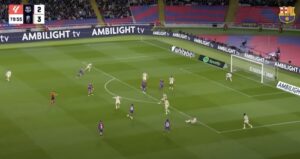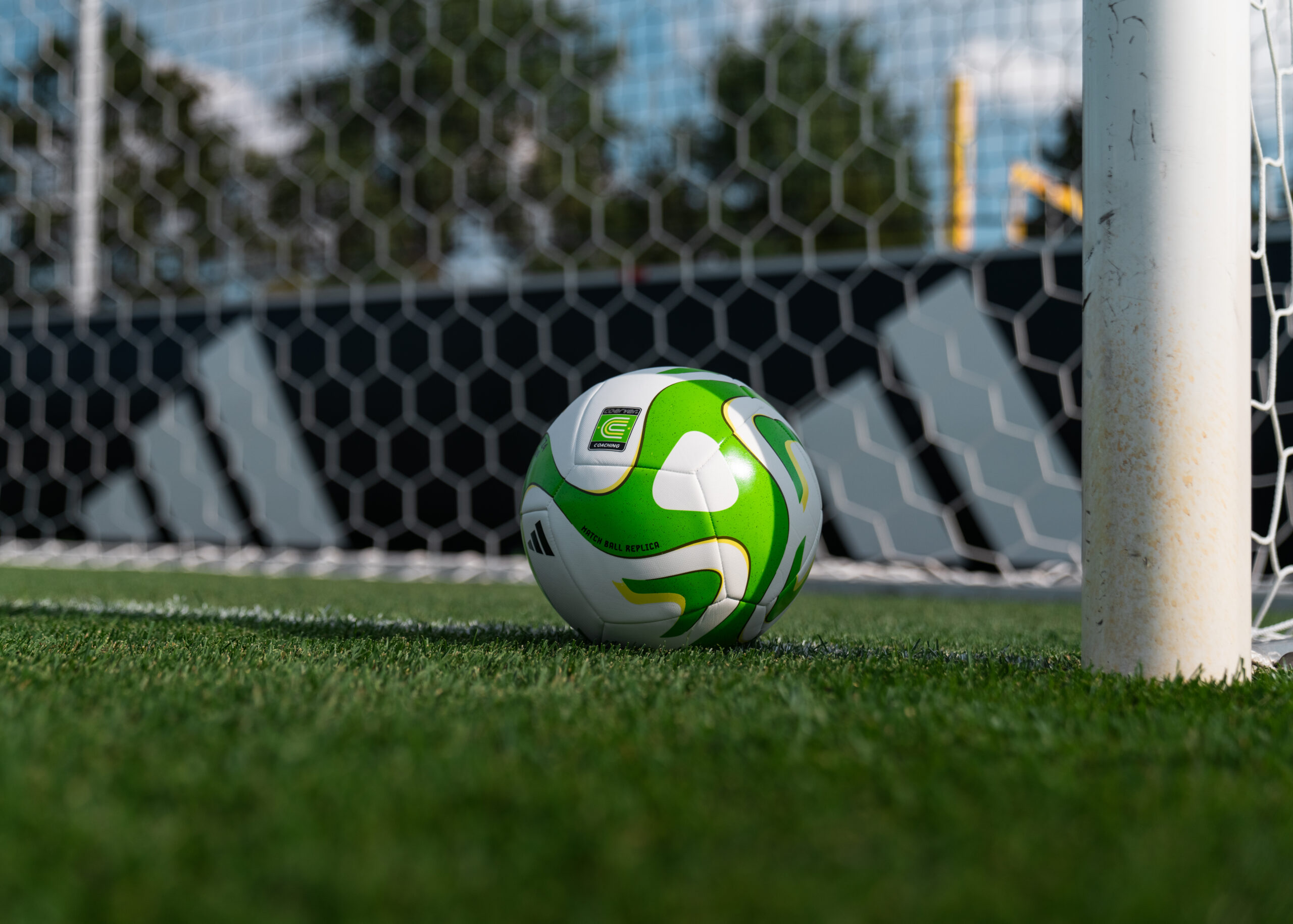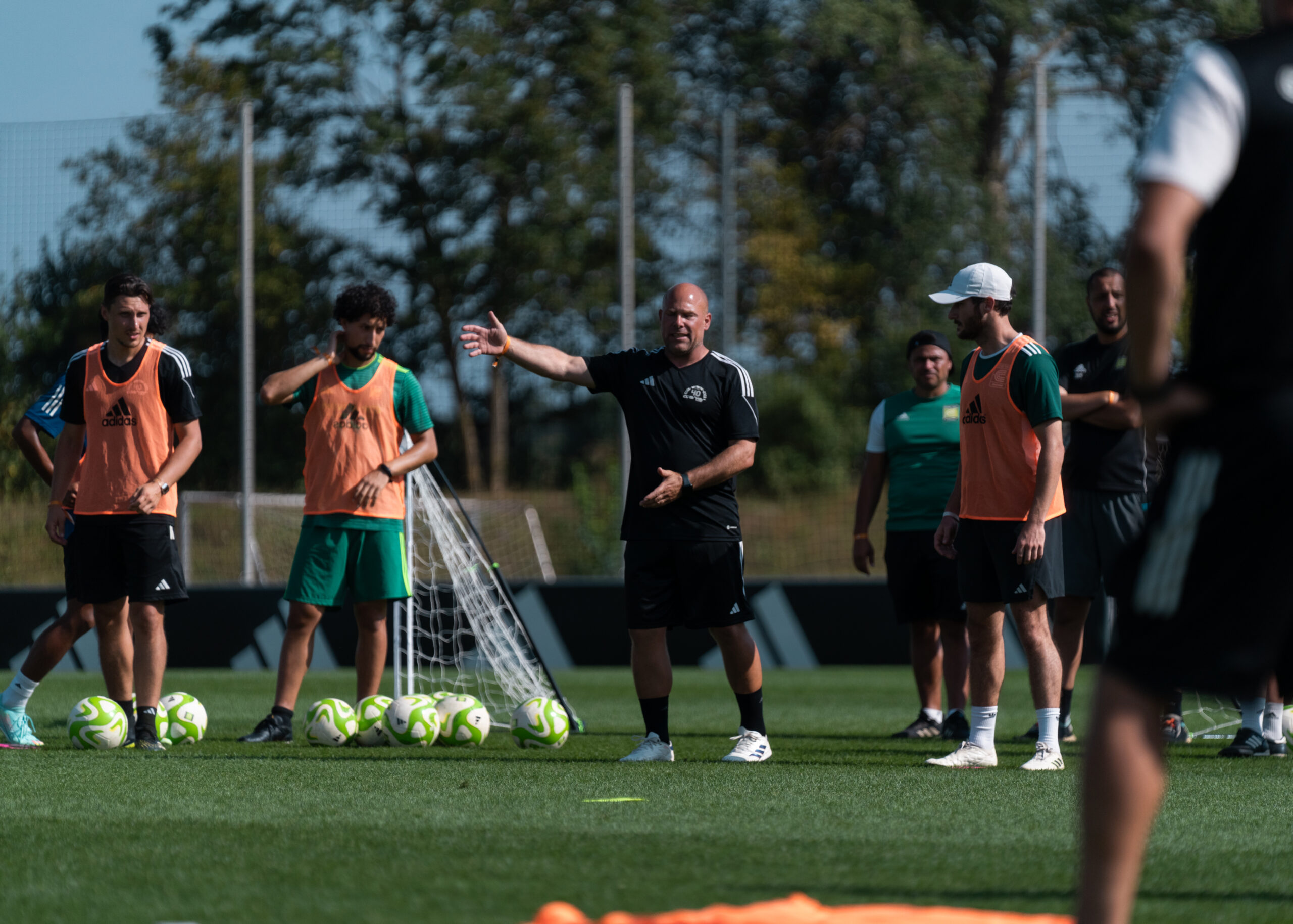Let’s see if we can explain the offside rule in soccer in a simple and clear manner: For those new to soccer, and even for those not new to soccer, the offside rule can be a bit hard to understand and even confusing.
Basically, offsides is a rule so soccer players can’t just stand up at the other end of the field and wait for the ball, say right in the goal box. It gives the game a more even flow and makes it more like a chess match rather than a car race.
A soccer player is offside if he or she is in a position where they are closer to the goal than the second to last player on defense. The last player on both teams is of course the keeper, so the player can’t be closer to the goal than the last defender. This video gives you a nice explanation of the offside rule in soccer:
Further details about the offside rule:
Offside Position
A player is in an offside position if “he is nearer to his opponents’ goal line than both the ball and the second last opponent”, unless he is in his own half of the field of play. A player level with the second last opponent is considered to be in an onside position. Note that the last two defenders can be either the goalkeeper and another defender, or two ordinary defenders. Also note that offside position is determined when the ball is touched/played by a team-mate — a player’s offside position status is not then altered by them or defenders running forwards or backwards.
It is important to note that being in an offside position is not an offense in itself.
Offside Offence
A player in an offside position is only committing an offside offense if, “at the moment the ball touches or is played by one of his team”, the player is in the referee’s opinion involved in active play by: interfering with play; interfering with an opponent; or gaining an advantage by being in that position. Determining whether a play is in “active play” can be complex. A player is not committing an offside offense if the player receives the ball directly from a throw-in, goal kick or corner kick.
With the upcoming FIFA Confederations Cup 2005, there is a clarification of exactly how to interpret “interfering with play”, “interfering with an opponent” and “gaining an advantage by being in an offside position”.
The new wording, approved by the IFAB, clarifies three issues of the offside law where a player is actively in play – whether he is interfering with play, interfering with an opponent or gaining an advantage by being in an offside position.
The new decisions are as follows:
• Interfering with play means playing or touching the ball passed or touched by a team mate.
• Interfering with an opponent means preventing an opponent from playing or being able to play the ball by clearly obstructing the opponent’s line of vision or movements or making a gesture or movement which, in the opinion of the referee, deceives or distracts an opponent.
• Gaining an advantage by being in an offside position means playing a ball that rebounds to him off a post or crossbar or playing a ball that rebounds to him off an opponent having been in an offside position.
Simple explanation of the offside rule in association football/soccer.
Summary of offside rule in soccer:
1. Offside position = when ahead of (*see 2) both the ball & the 2nd last defender
2. *”Ahead of” does not include arms and hands
3. Foul is called when player becomes active in play (i.e. receives a pass, blocks goalkeeper’s view, impedes an opposing player)
4. No offsides during throw-ins, goal kicks, corner kicks, or in the player’s own half
5. Pass must be from a teammate for offside to be considered
6. Key moment is “When the ball is PASSED, NOT WHEN IT’S RECEIVED!”
7. Deflections off a player or a post are not considered; the key moment would still be the original pass (this includes a goalkeeper making a save: the rebound position is not considered… only the position of the player as his teammate was taking the original shot)
Here’s the offside rule in soccer explained in 3 minutes.















